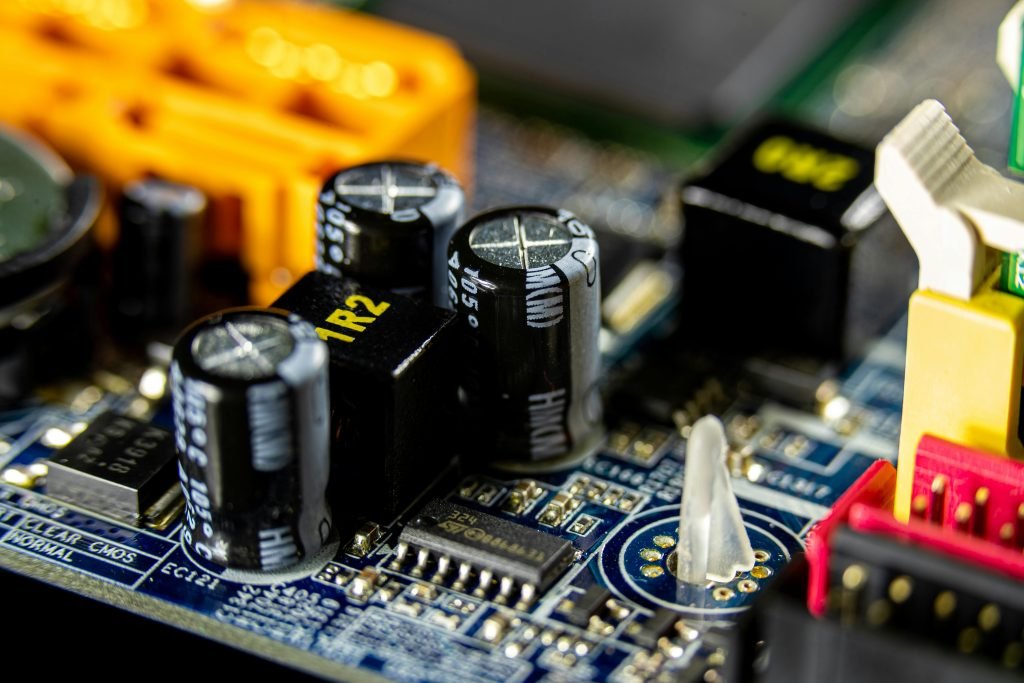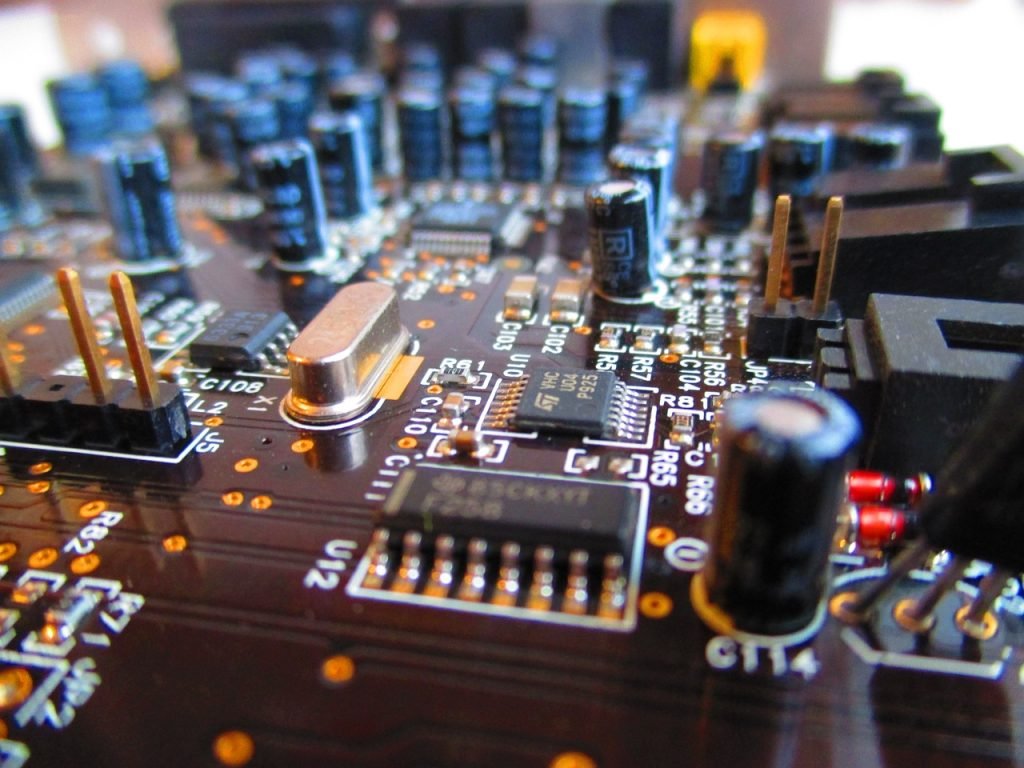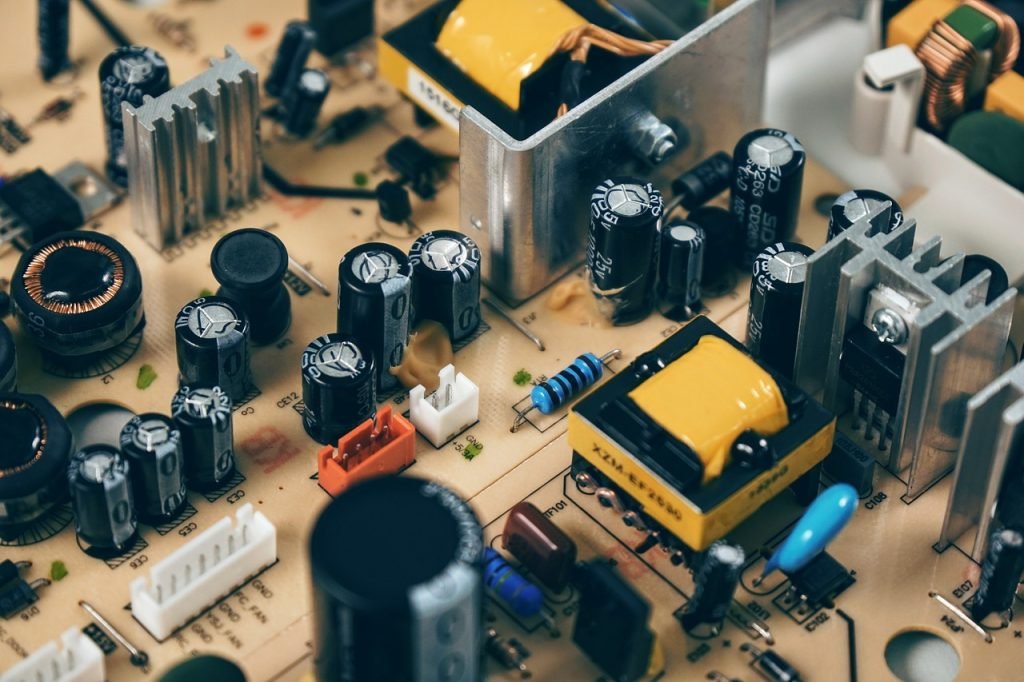In today’s technology-driven world, electronics power almost every aspect of our daily lives, from the simplest gadgets to the most complex systems. Whether it’s your smartphone, microwave, or even satellite technology, electronics are everywhere. At the heart of nearly every electronic device lies a fundamental building block: the integrated circuit (IC), or simply, the chip.
What is an Integrated Circuit?
An integrated circuit (IC) is a tiny, complex chip made from semiconductor materials—typically silicon. It contains a variety of electronic components, such as transistors, resistors, and capacitors, all connected and built onto a single silicon substrate. These components work together to perform essential tasks in modern devices, from computing to signal amplification.

The Role of Integrated Circuits
Integrated circuits are the unsung heroes of electronics. Despite their small size, they are crucial to the function of nearly all electronic devices, whether it’s a microprocessor in a computer, an amplifier in a speaker, or memory in a smartphone. Without ICs, much of the technology we rely on today would simply not exist.
An IC can contain hundreds to billions of components working together to control, process, and amplify electrical signals in devices across industries. From toys and toothbrushes to smartphones and spacecraft, if it has an electronic component, it likely uses an integrated circuit.
How Are ICs Made?
ICs are created using photolithography, a technique that uses ultraviolet light to print intricate circuit patterns onto a silicon wafer. This method allows for the mass production of ICs at a low cost and high reliability, as all components are fabricated together in one process. The key benefits of ICs include:
- Small size – enabling compact devices
- High reliability – offering consistent performance
- High-speed performance – improving processing power
- Low power consumption – essential for portable devices

The Evolution of Integrated Circuits
IC technology has advanced dramatically over the past 75 years. The original integrated circuits, developed in the 1950s, consisted of only a few components. But as technology progressed, the complexity and power of ICs grew exponentially. Here’s a timeline of their evolution:
- 1950s: Early ICs with only a few transistors.
- 1960s: Introduction of bipolar junction transistors and small-scale integration allowed thousands of components on one chip.
- 1970s: Large-scale integration (LSI) and very large-scale integration (VLSI) enabled tens of thousands to millions of components on a single chip, paving the way for personal computers.
- 2000s: Ultra-large-scale integration (ULSI) incorporated billions of components on a chip, driving the advancement of high-performance computing.
- Future: Technologies like 2.5D and 3D ICs are pushing the boundaries of performance, allowing chips to be stacked vertically and offering even more powerful computing in smaller packages.
The Rise of Fabless IC Companies
Initially, IC manufacturers did everything in-house, from design to production. However, since the 1980s, the fabless business model has become more common. Fabless companies design ICs but outsource their production to specialized manufacturers (known as foundries). Companies like Apple, AMD, and NVIDIA are notable examples of fabless IC design companies, while TSMC, Samsung, and GlobalFoundries are leaders in manufacturing ICs.
Types of Integrated Circuits
ICs come in several types, each designed for different applications. Some of the most common include:
- Digital ICs: Used in devices like computers and microprocessors. These ICs handle data processing and logic functions.
- Analog ICs: Designed to process continuous signals (such as sound or light), analog ICs are used in audio equipment, communications, and sensors.
- Mixed-signal ICs: These combine both digital and analog circuits, often found in mobile devices, cars, and portable electronics.
- Memory ICs: Used for data storage (e.g., RAM and ROM), memory ICs are often large and require complex design.
- Application-Specific Integrated Circuits (ASICs): Tailored to perform a specific task, ASICs are customized for particular applications, such as in telecommunications or automotive systems.
IC Packaging
Once an IC is designed and manufactured, it needs to be packaged to protect the delicate silicon and allow it to connect to other electronic components. Packaging varies depending on the intended application, but common forms include:
- Dual in-line package (DIP)
- System-on-chip (SOIC/SOC)
- Pin grid array (PGA)
- Ball grid array (BGA)
- Integrated Fan Out (InFO)
- 2.5D and 3D ICs (covered below)

What Are 2.5D and 3D ICs?
With the increasing demand for faster, more powerful devices, 2.5D and 3D ICs are pushing the boundaries of chip design.
- 2.5D ICs: These chips use interposer technology to place multiple chips side by side on a single substrate, increasing interconnect density and improving performance without increasing chip size.
- 3D ICs: In this configuration, chips are stacked on top of one another, allowing for more processing power in a smaller footprint. 3D ICs offer significant benefits for high-performance computing (HPC) and memory-intensive applications.
However, stacking chips also introduces challenges, particularly in heat dissipation. As chips become more powerful, managing the heat they generate becomes increasingly important.
The Future of ICs
As we continue to push the limits of technology, 2.5D and 3D ICs represent the next frontier in chip design. These technologies allow us to pack more power into smaller devices, but they also require sophisticated solutions to manage heat and maintain efficiency.
In addition, advancements in design simulation tools, such as Ansys RedHawk-SC, are helping engineers optimize IC designs by evaluating their performance across various parameters, including power consumption and thermal behavior.
Conclusion
Integrated circuits are at the heart of modern electronics, enabling the small, powerful, and energy-efficient devices we rely on every day. From the earliest ICs to cutting-edge 3D technology, the evolution of ICs is one of the key drivers behind the digital age. As manufacturers continue to innovate, ICs will remain central to the development of next-generation technology.
Get in Touch Today
Want to learn more about how we can help optimize your supply chain? Contact us today at WhatsApp: +65-9351-8090 or via email at lotusscitech@outlook.com. Let’s discuss how we can work together to transform your supply chain into a competitive advantage.
About the Author
This article was written by Grace Hu, an expert in supply chain solutions at Lotus Tech. Originally published on Lotus Tech’s Website.


